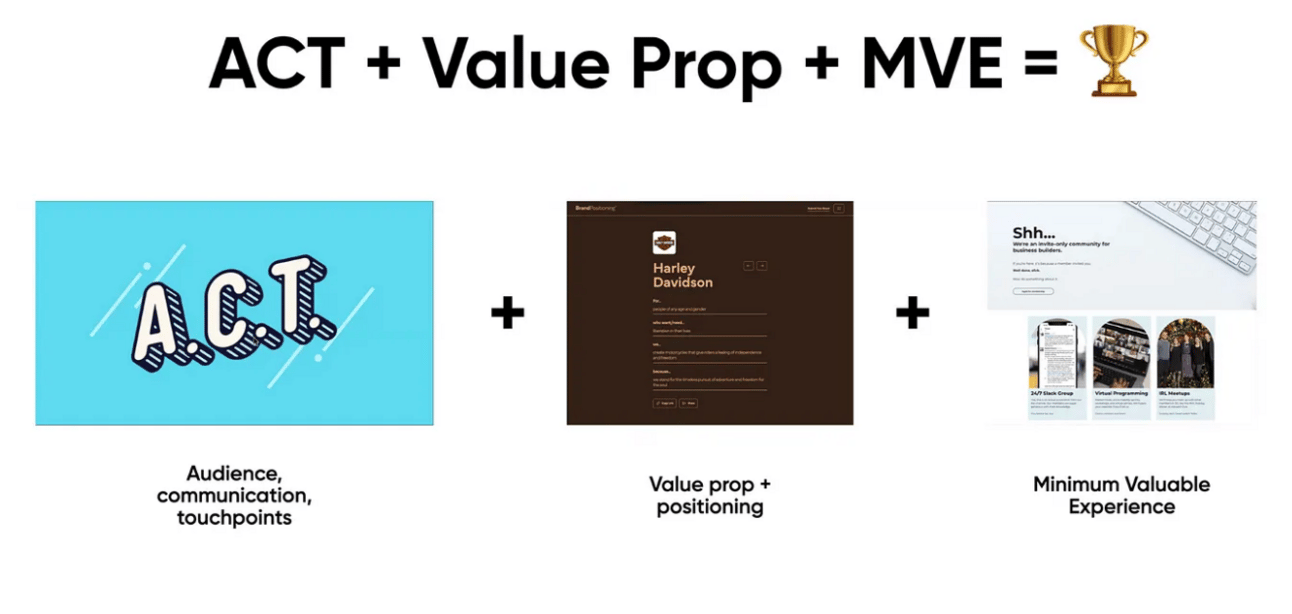Hey readers! Welcome to EH weekly, where you can look forward to insightful lessons and practical takeaways delivered to your inbox every Monday.
In this week’s edition, we discuss:
Why ‘scope creep’ is ruining your startup
Why it’s time to forget the MVP
‘Scope creep’ is ruining your startup

Scope creep is when a project grows in an out-of-control way: needs or objectives may change, or new features or specifications may be added. Yet despite the changes, neither time scales nor budgets get changed.
These changes are often small to start with, but mushroom beyond expectation in size and number, and the cumulative effect can be devastating.
To minimize the damage:
Agree all details and timescale of the project with the customer from day one in writing.
Request that they include an overall brief of their aims at the start, as it will help you achieve the best job for them.
Establish who you are dealing with at the customer’s. You only need one boss.
Also, establish how to reach them and their availability. Include a caveat that if you do not get responses to queries within a specified time, delivery time may be affected.
Set out a procedure for any requested changes after the original agreement, clearly stating that not only will they be chargeable, but delivery time may be affected.
Confirm that no changes will be accepted unless in writing and with new costs and times agreed.
Commit to a regular schedule of detailed reports from you to the customer.
Have only one project manager liaising with the customer.
When a change is requested, before you agree, do a detailed impact study on how it will affect the work, your work schedules generally, and what resources might be needed. Take into account any additional stress they might put your team under.
Have everyone involved in-house on the project continually updated with progress and timescales.
Last but not least, be brave, be bold, and learn to say “no” to customers.
👉 For more on the causes and cure for scope creep, head here: 3 Ways ‘Scope Creep’ Can Ruin Your Startup
Forget the MVP. You need an MVE

Most first-time founders under-invest and just slap something untested together based on their gut. Others over-invest, don’t test, and launch something either too feature-light or feature-bloated.
When you read that, you might be thinking, “Ah, I get it! They’re missing a step where they launch and learn from an MVP (Minimum Viable Product).”
Nope.
What they’re missing is the Minimum Valuable Experience.
Ultimately, it’s all about knowing your audience, what language and messages resonate with them, and the tactics, triggers, and touchpoints that move them to action.
To do this quickly and efficiently, you can use a framework called A.C.T., which can help you cut to the chase and save thousands on useless, wasted marketing exercises.
The A.C.T. framework boils down the three main components:
Audience — Who is your ideal customer? What do they want/need/use when seeking the transformation you can offer? What do they search for when looking for what you provide? What habits, behaviors, goals, or defining aspects draw them to your product?
Communication — This is all about the what and how of speaking to your audience. You’ve got to use the language and format that will resonate with them. What aspirations or motivations can you communicate that connect with their tastebuds — and wallets?
Touchpoints — You know who you’re speaking to (A) and what you’re trying to say (C). Now, it’s time to design the touchpoints and triggers that move them to action, like your website, social media accounts, and email campaigns. The idea is to use this juice to identify the funnels and tactics that are most efficient and that deliver the best ROI.
👉 Head here for a deeper dive into designing an MVE: MVP is Over. You Need to Think About MVE.
Little Links
🐝 Sign up to Beehiiv - the best place to build a newsletter in 2024.
📺 Subscribe to us on YouTube.
📖 Check 8 years of our content on Medium.